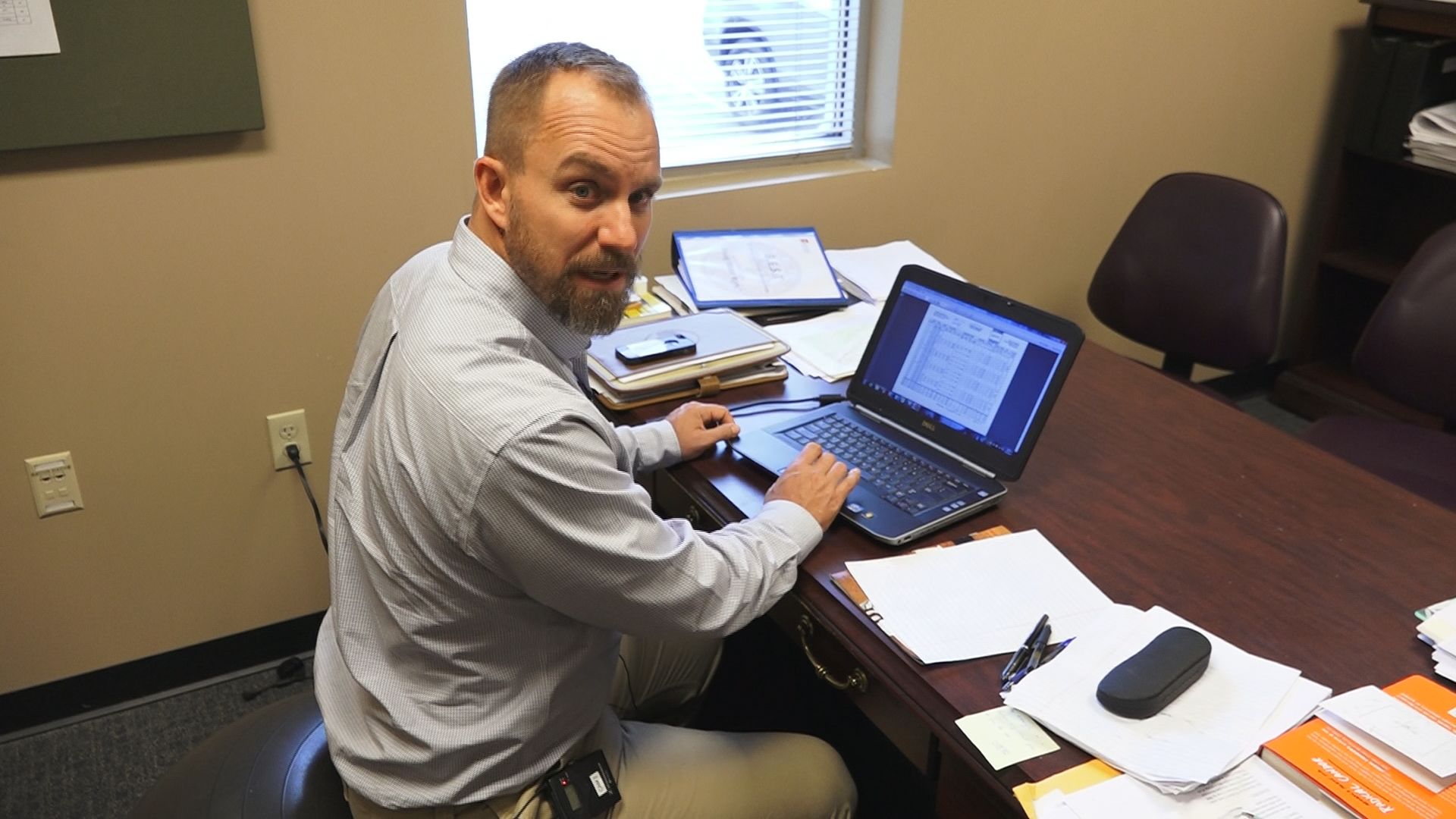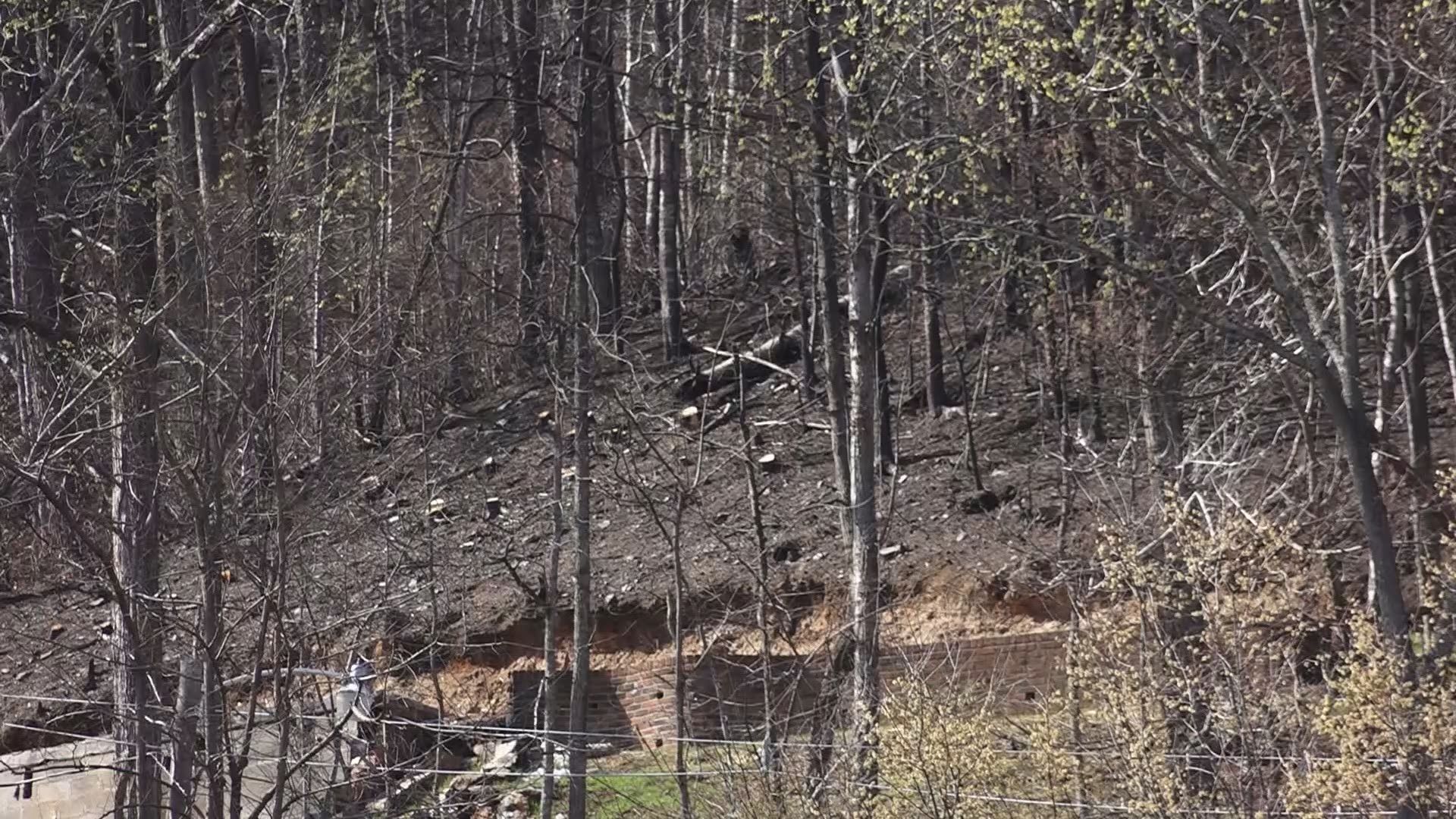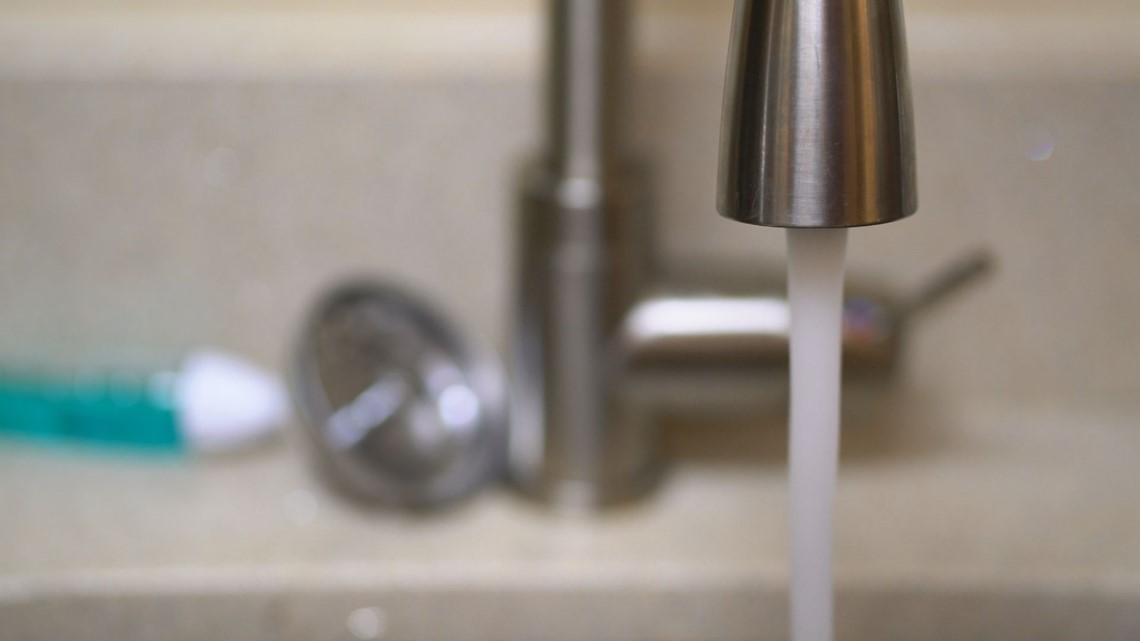Nearly one year after the Sevier County wildfires, some residents still have questions about the safety of the water supply. Several people have reached out to 10News with questions of possible contamination from burned buildings.
But state officials have said there’s no indication or proof of any water contamination.
Michael Atchley oversees the Knoxville region of Division of Water Resources for the Tennessee Department of Environment and Conservation. Every day, he gets a report from local utilities outlining what is and isn’t in the water.

“It’s a wide range of things, from PH to temperature to solids,” Atchley said.
He said his office has also received questions since the deadly firestorm last November.
“Is the water safe, is the water we’re drinking safe,” he said. “Water concerns left over from the fires and the cleanup.”
He said from day one, protecting the water supply was a priority for the state and local water departments.
“So our role was to oversee the monitoring being done there, and work with them to assure the public was safe,” Atchley said.
Daily testing was in place before the fires, and continued after. Local utilities test water before and after the treatment process. TDEC also checks rivers directly on a rotating basis.
The Federal Environmental Protection Agency (EPA) confirmed it never came to test water in Sevier County, but said it delegates that responsibility to TDEC.
So far, the only issue they’ve found was a slight change in “turbidity,” Atchley said.
“It just means the color of the water as it comes down,” Atchley said. “The solids, anything that’s washed into it from runoff can make it murky or cloudy.”
But he said that’s treated at the plant, and poses no health risk. Though runoff was something they watched closely in the weeks directly following the fires.
“When you have a major fire like this, we’re worried about sediment discharges from steep slopes, unstable areas, landslides like that,” Atchley said. “But so far, local officials, the city of Gatlinburg, and the National Park Service did a wonderful job stabilizing those areas that have potential for major runoff.”

Soon after the fires, the NPS began hydro-seeding burned slopes to reduce sediment runoff. Park spokesperson Dana Soehn said biologists also completed a “…Burned Area Response Plan that identified critical resource values that may have been affected by the fires.”
“Biologists continue to monitor these critical resources including surface water quality within the West Prong of the Little Pigeon River watershed, which is the primary drinking water supply for the City of Gatlinburg,” Soehn said.
She added that fire retardant was never used inside the park boundary while fighting the fires.
"Sevier County is following TDEC guidelines with regards to debris removal to ensure water quality is maintained," spokesperson Perrin Anderson said.


Atchley said several water plants were initially impacted by nearby fires, but all survived and are operating safely.
It’s why he reiterated – TDEC says the water remains safe in Sevier County.

